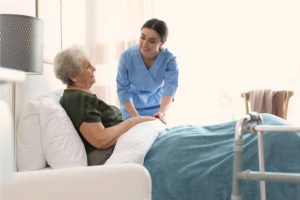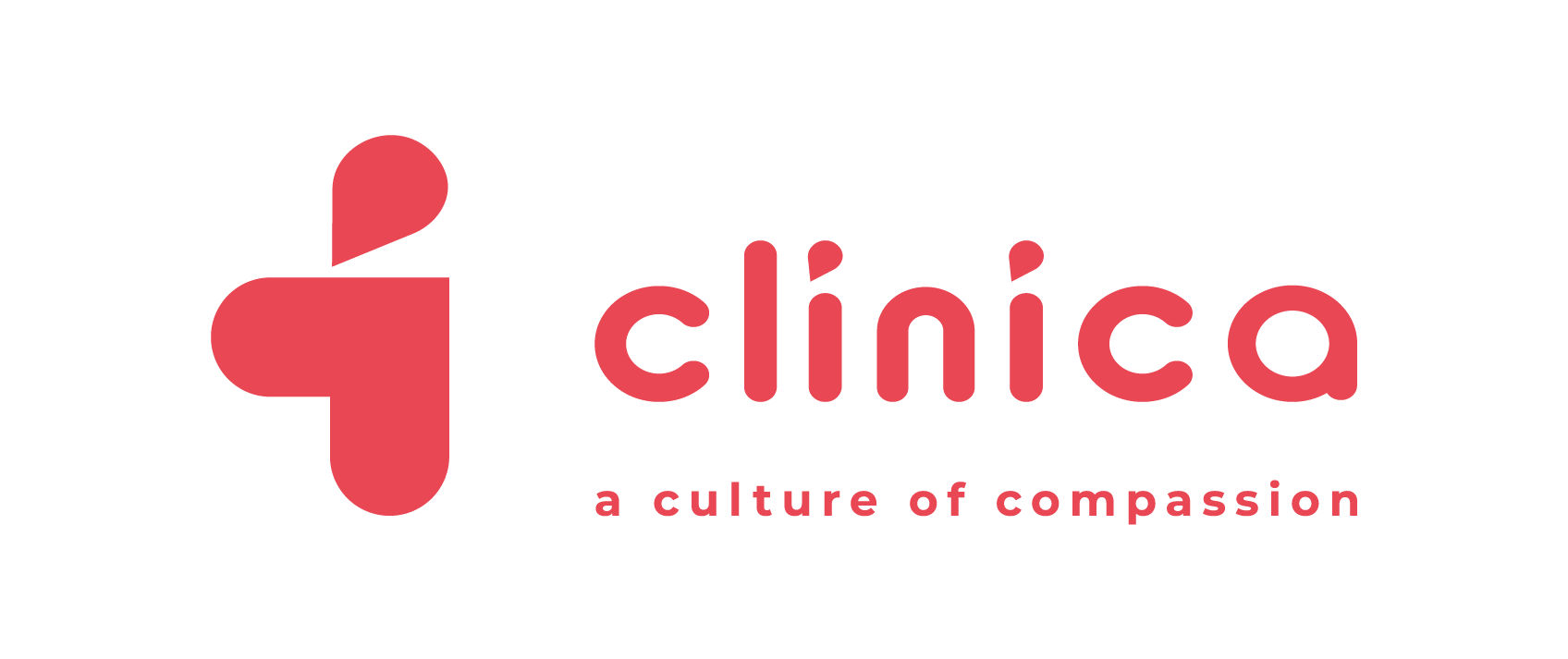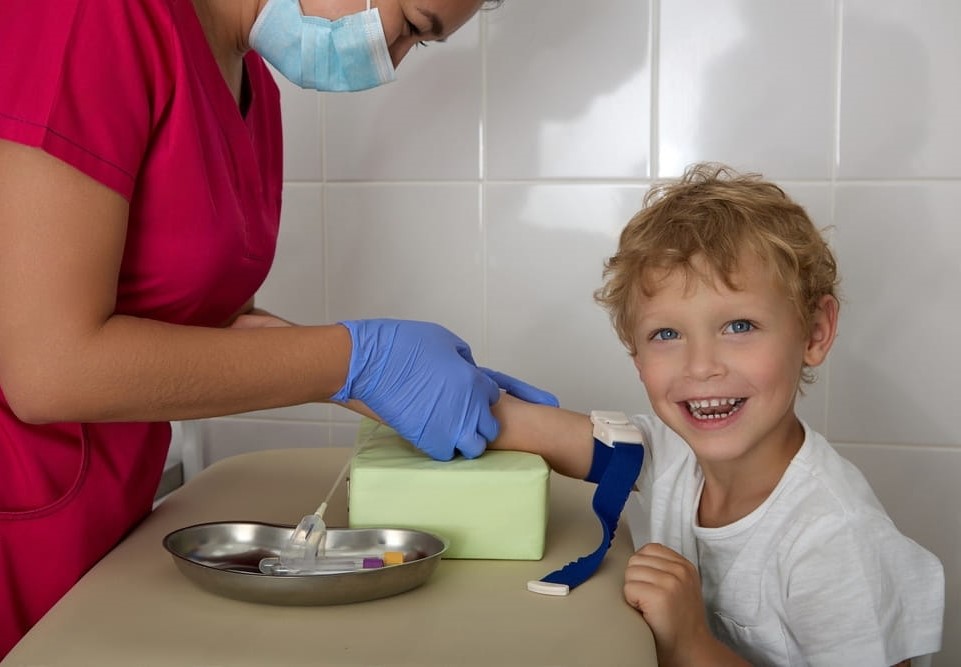
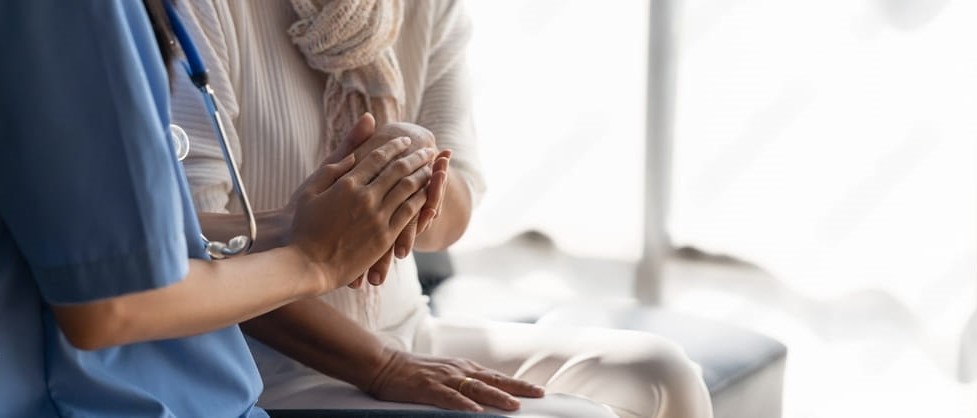
Nursing Services
Checking vitals (taking blood pressure, temperature, Spo2)
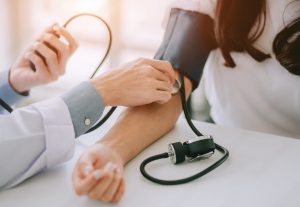
Vital signs are measurements of the body’s most basic functions. The four main vital signs routinely monitored by our medical professionals and health care providers include the following: Body temperature, Pulse rate, Respiration rate (rate of breathing) and blood pressure measurement. These services can be done on a walk-in basis.
Minor and Major dressings
The goal of wound dressing is to promote healing. Cleaning, disinfection, and wound protection are all part of the procedure. Both major and minor wounds heal on their own time and wound care for these are different.
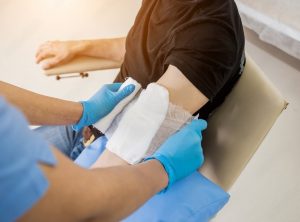
Nebulization
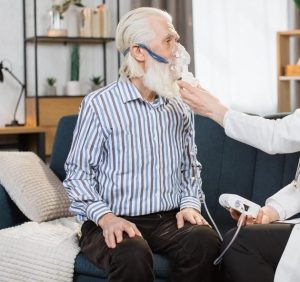
A nebulizer is a drug delivery device that produces a mist of medication that is inhaled into the lungs. Asthma, cystic fibrosis, COPD, and other respiratory diseases or disorders are commonly treated with nebulizers. They break up solutions and suspensions into small aerosol droplets that are inhaled through the device’s mouthpiece using oxygen, compressed air, or ultrasonic power.
Taking ECG
Electrocardiography is the method used to produce an electrocardiogram, which is a recording of the electrical activity of the heart. It is a heart electro gram, which is a graph of voltage versus time of the electrical activity of the heart recorded with electrodes placed on the skin. During each cardiac cycle, these electrodes detect the small electrical changes caused by cardiac muscle depolarization and heartbeat. Several cardiac abnormalities, including cardiac rhythm disturbances, cause changes in the normal ECG pattern.
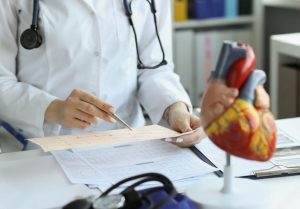
Blood sampling
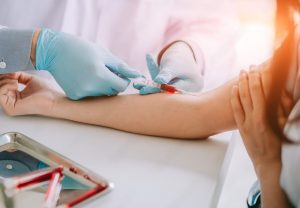
A procedure in which blood is drawn from a vein with a needle, usually for laboratory testing. A blood draw may also be performed in order to remove excess red blood cells from the blood in order to treat certain blood disorders. Also known as phlebotomy and venipuncture.
Administration of oxygen
The use of oxygen as a medical treatment is known as oxygen administration. Hypoxemia (low blood oxygen levels), carbon monoxide toxicity, and cluster headache are all acute indications for treatment. It can also be given as a preventative measure to keep blood oxygen levels stable. To provide oxygen to the patient, an oxygen mask or nasal cannula is used.
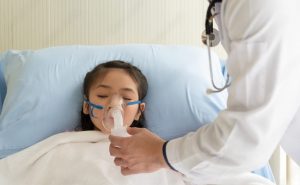
Administrating injection
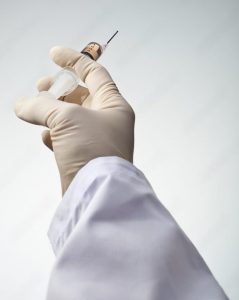
Administration by injection (parenteral administration) includes the following routes:
- Subcutaneous (under the skin)
- Intramuscular (in a muscle)
- Intravenous (in a vein)
Nursing care for bedridden Patients
Our health care team offer the best patient care in or out of clinic. Our goal is to promote healing and give the patient comfort and safety they need.
